Introduction
With the end of last year my brother bought himself a Mavic Mini drone. With my background as a security and conflict analyst, plus my interest in camouflage, you can imagine it did not take me long to start some air reconnaissance, testing out my camouflage collection.
After initial flight tests, and learning how to use the various options to my advantage, I started thinking about how to properly implement all this to give you a new level of camouflage evaluation.
This review is a teaser so to speak. To give you guys an idea of what is possible and what I can offer, with some time and money at hand. No reason to mince words here. This is cost and time consuming!
Patreon Announcement – Plans for the future
As a result and for many other reasons, I have decided to start a Patreon Account, which is way overdue (I actually registered 2 years ago, but never launched it).
If you are interested in this kind of reviews and want to support Pine Survey and my work, I would like to invite you to join and support me as a Patron. Drone footage and reviews will be a Patreon exclusive after this initial field test!
Background and reason to this review approach
Drones are a part of our life by now. People use them for their everyday adventures, filming sports, vacations or just to spy on their neighbours. The military use of drones is no secret to the general public and was cause for a wide discourse about ethics and the changing nature of warfare. Especially the last matter is of special interest for me in terms of camouflage.
While most people might think of large and heavy drones capable of air strikes, it is the small, lightweight and easy accessible drone, which has found its way to modern battlefields.
Today around 95 countries in the world possess drones (Arthur Holland Michel, Counter Drone Systems, CSD 2nd Ed. December 2019, p.2 ). As a result even non-state actors can easily access lightweight drones to
- Surveil
- Manage battlefields
- Create propaganda
- Commence air strikes (ibid.)
Fair to say, it is a notable aspect of warfare and something to consider, when talking about camouflage. Drone surveillance or even their use as a weapon by non-state actors can be found in Ukraine, Syria or the Yemen – just to name a few.
The widespread use and easy availability of these drones even resulted in Airsoft players using them for recce during their games. To be perfectly honest: I am surprised no one cared to do a drone based camouflage test yet – at least I haven’t come across one.
Methodic remarks and Disclaimer
As always, some methodic remarks. I do not hold any scientific claim to my camouflage field tests. I do conduct them however with my best knowledge and the available resources. For the sake of comparability I am trying to establish the same circumstances, environments etc.
Especially with a flying object, this is not always entirely possible, having in mind position and angle – even though several data aspects are even better to control now, like distance and height.
The use of the drone happened within all legal regulations of the Republic of Austria!
The pictures are not edited in any special way, except the following:
- Watermark
- .jpeg compression to make it web compliant
The pictures come straight out of a MAVIC Mini. You can google the specs and data sheets yourself. The lens is a 24mm wide angle.
What you see here, is what a drone user would be able to see on his phone or display. The unedited truth so to speak.
First Trials
After some first tests on how to position the drone and to find out what is possible, I took several camouflage patterns with me, to test their performance. Given the fact that it is winter time, the pictures were taken in a season which is not necessarily the comfort zone of any of these patterns, but I will come to this aspect later.
Since the battery went dead after the first three patterns, I can only present the results of the Multicam derivative Camogrom, PenCott Greenzone and SloCam. I have an additional set of Phantom Leaf WASP II Z3A pictures, which were taken a few days before.
These pictures have to be observed separately due to the simple fact that because of the frost the ground conditions looked completely different. You will see for yourself.
The pictures were taken at
- 10m distance, 10m height with a 45° angle of view
- 20m distance, 20m height with a 45° angle of view
Positions:
- Standing
- Kneeling
- Prone
As in the two previous tests before, I will first post the pictures, and add my observations afterwards.
Location
The location is an opening in a forest, with high grass, bushes, several tree trunks and small conifers. The pictures were taken in December, so the vegetation is covered in frost, while sunlit areas are basically snow and frost free, showing the faded vegetation of Autumn.
Eyes in the Sky – part I
Multicam
If you have followed my reviews closely, then you will know that Multicam derivatives are not really good performers in a Central European environment except during Winter. This is a wonderful example on how Multicam blends into the surroundings because of its chosen colours.
However, it must be said, that only the white midi elements really stand in contrast to the other colours, resulting in an overall coyote brown blurr which does not break up the silhouette.
Observations:
At 20m distance, 20m height with a 45° angle, the standing position wearing Multicam already gives you a very good camouflage effect, given the overall blending abilities of the pattern. Especially in the section of the opening where frost and dead vegetation are similar to the colour scheme. Only the legs stand out, given the clear straight lines and making a point for my observation regarding the lack of visibility of the pattern.
When kneeling down, the camouflage effect increases, lowering the silhouette and being closer to the floor in general, which becomes a perfect background.
Lying at the ground changes everything from this perspective, given the fact that one has to expose the full area of the body – a stark contrast to the usual circumstances, when the prone position is actually the best possible concealment solution.
In this situation Multicam blends into the ground perfectly, given the exact harmonization with the colours of the surroundings. It would be interesting to see how it performs in other sections of this picture.
At 10m distance, 10m height with 45° angle you get a closer look of the pattern and the silhouette. The above mentioned observations apply. Two things have to be mentioned: The fact that the colours change rapidly because of the different angles in which the light meets the human body, and as a result, how the lacking makro elements in Multicam result in a blur to a solid colour.
PenCott Greenzone
I am a firm believer in the capabilities of the PenCott family, Greenzone in particular. But even though it is an amazing camouflage pattern from Spring to Autumn, it is safe to say that Winter is not the ideal time of use, for the simple fact that it was not designed for this type of environment. Nevertheless, I was often able to demonstrate, that the pattern is not as bad as one might think during a snowless winter.
Observations:
At 20m distance, 20m height with a 45° angle, the standing position when wearing PenCott Greenzone clearly shows the overall green and brown appearance of the pattern. Even some of the macro elements are visible at this distance, breaking up the silhouette. Because of the difference in the background colours, the pattern cannot fully work, even though the nearby conifers do not make it stand out as much as one might think. Just like with Multicam, the straight lines of my legs, immediately give the position away.
This changes immediately, when kneeling down! Not only changes the angle the light hits the body, the pattern also begins to work differently, blending into the background of the floor. The macro elements – although barely visible break up the human shape and the colours are able to blend in better.
When going into the prone, this becomes even more apparent. The various macro elements break up the silhouette and the colours, which at first appeared to be completely out of place, are blending in better, because of the angle of light.
At 10m distance, 10m height with 45° angle, you get a better picture. The macro elements of PenCott Greenzone really become visible, giving you an idea, how good the pattern would work in this environment during spring or summer.
What is especially interesting is how the standing position makes the pattern appear as dark as it is, in contrast to the other positions. This gradual change in luminance is an important aspect, since you do not encounter this as much during ground based observation.
In the prone, the importance of the macro elements really becomes apparent. It also demonstrates that the colours of PenCott Greenzone are not as aggressive as commonly assumed.
SloCam
The Slovenian designed SloCam pattern is an underdog among camouflage patterns, still. In my opinion it is one of the most versatile universal patterns, way better than Multicam. This was just another situation in which my personal opinion was confirmed – within the limitations of this environment.
Observations:
At 20m distance, 20m height with 45° angle, SloCam appears quite dark in a standing position, with its high contrast white midi elements creating enough visual noise to blend the human shape into the surroundings. Again the legs stand out.
With the kneeling position, and the change of luminance that comes with it, SloCam immediately blends into the surroundings. And especially when lying, the white midi elements perfectly mimic the surrounding area, resulting in a decent but not perfect concealment.
At 10m distance, 10m height with 45° angle, the above mentioned observations become more apparent. Especially the high contrast concept of SloCam is clearly shown in these pictures. A characteristic, which sets it apart from Multicam, and providing it with a better performance at longer ranges. Especially the organic feel of the pattern and the distribution of the elements work quite well. Even more so, when going into a kneeling or prone position.
Another thing worth mentioning is proper camouflage consistency especially when it comes to hands and head. While my hands are always covered in this pictures by gloves or other means, my head relies on boonies, caps or scarves. Especially with the SloCam pictures you can see the side effect of short brimmed “Recce” boonies in a drone surveillance situation: At times it looks like I have a black band around my head, which is nothing other than my hair. Something worth to think about!
Addendum
I have one additional set of pictures, from a drone shoot (wonderful word in this context), which happened a few days earlier. Because of the different temperatures and a slightly different time during the day, the floor is not frost covered and the vegetation a bit more lush. Adding to that, the position of the drone, as well as the body positions might differ slightly. As a result, these pictures have to be considered separately.
Phantom Leaf WASP II Z3A
I have written about this pattern recently. Just like PenCott Greenzone it is not initially designed for Autumn/Winter environments. Having this in mind the overall performance was just as surprising as the one of PenCott Greenzone. Especially when considering the importance of macro elements.
Observations:
At 20m distance, 20m height with 45° angle, the silhouette is broken up by the various macro elements, while the colours blend very well into the surroundings. It becomes clear, why I stress the difference in these pictures, having the different ground in mind.
Standing: While the body appears darker, just like with the other patterns, the legs do not stand as much out for two reasons: 1) the colours blend better together (no frost) and more importantly 2) especially on the left, the clear straight line of the leg is interrupted by a large and distinctive macro element.
When kneeling down, the body becomes an undefinable shape. When located, the macro elements are clearly at work. When lying, the body becomes part of the floor, just like in the Multicam pictures, but with one exception: it is even more broken apart, by the effective macro elements! The dialled in colours do the rest.
At 10m distance, 10m height with 45° angle the above mentioned observations apply again. It gives you a closer look however, of what I mean, especially when it comes to the importance of macro elements in a pattern.
Conclusions
As you can see from the pictures, observation and surveillance from above turns the world of camouflage literally upside down. I have only shown one angle of observations and not even a straight 90° look from above.
The prone position suddenly exposes the full body, kneeling is not as effective anymore than during a horizontal observation and standing is even worse than it is on ground level given the change of light. To be clear: With all three position you have different angles of light that hits the body, resulting in differences in luminance and accordingly in a completely different camouflage performance.
This difference in observation and distance also brings out the importance of macro elements in this regard. Especially Multicam is a perfect example of the missing macro elements, only saved by the metaphorical bell called “blending” in perfect conditions.
With that being said I hope I was able to literally change your perspective on camouflage.
Please consider supporting my Patreon account, if you are interested in more footage like this, or if you want to support Pine Survey in general!
Thank you for reading!
Take care!
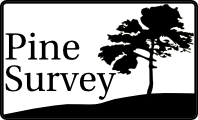
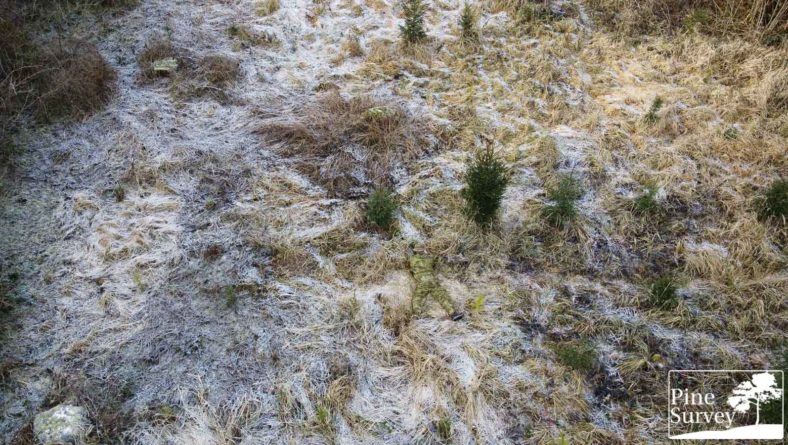
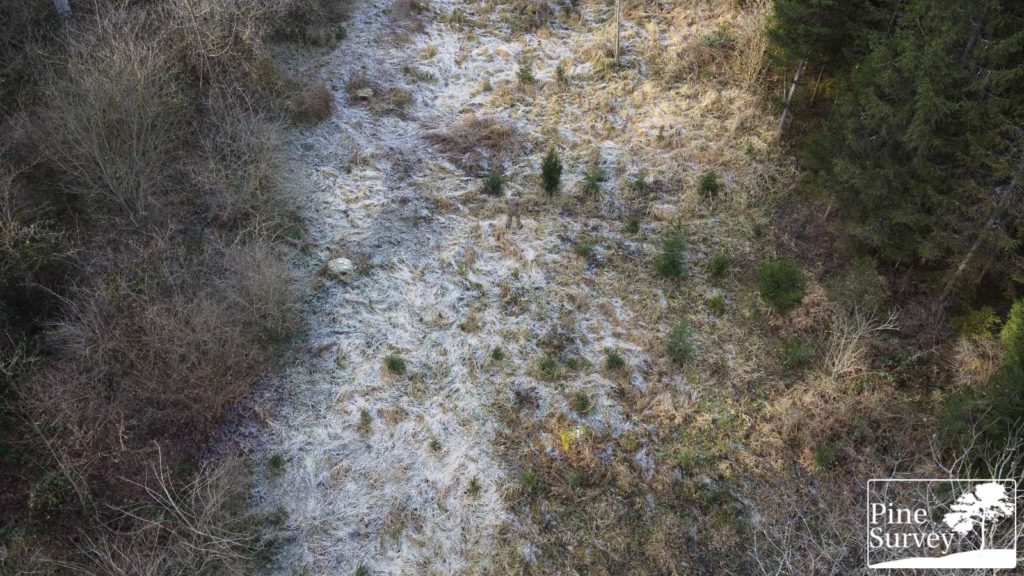
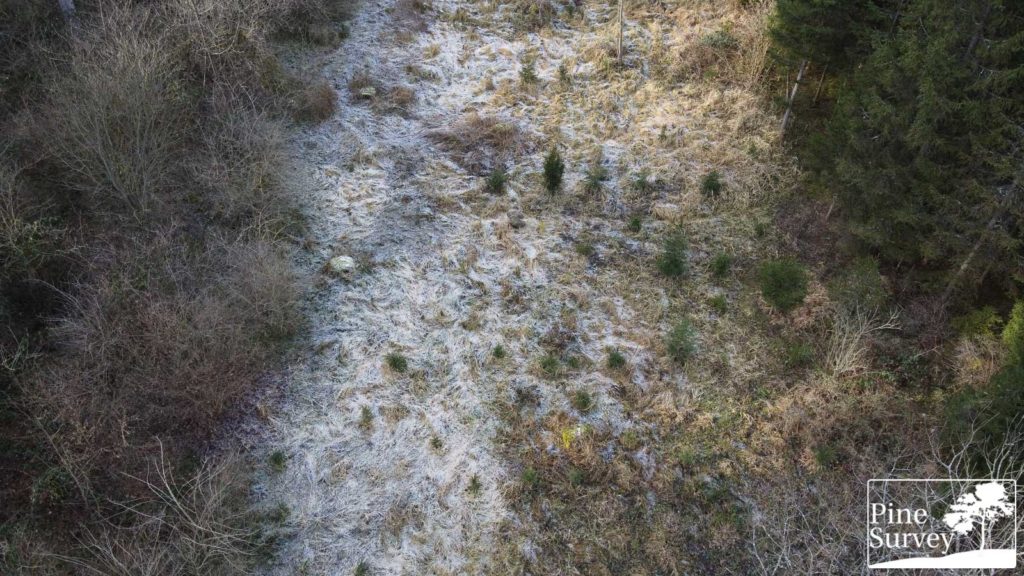
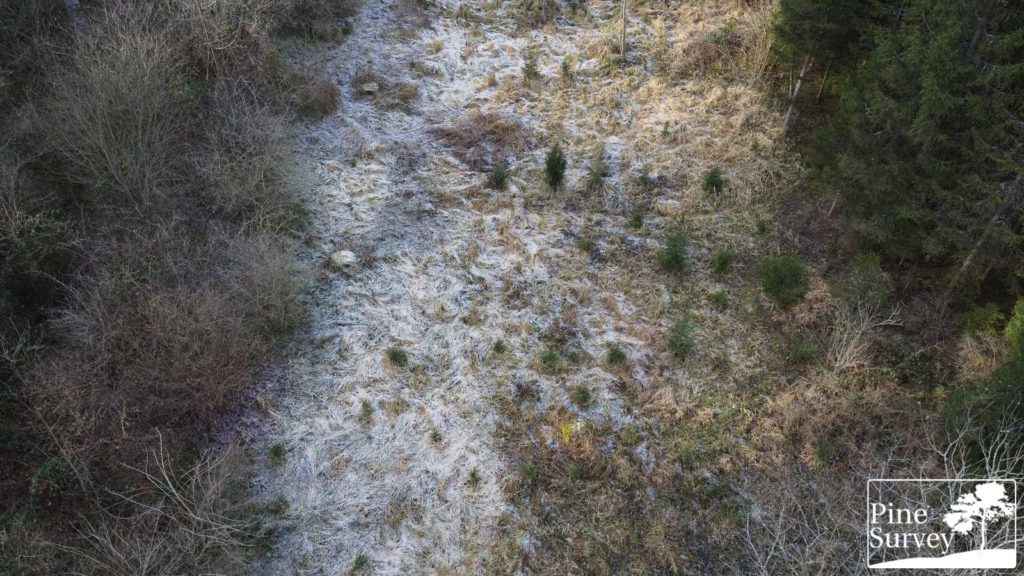
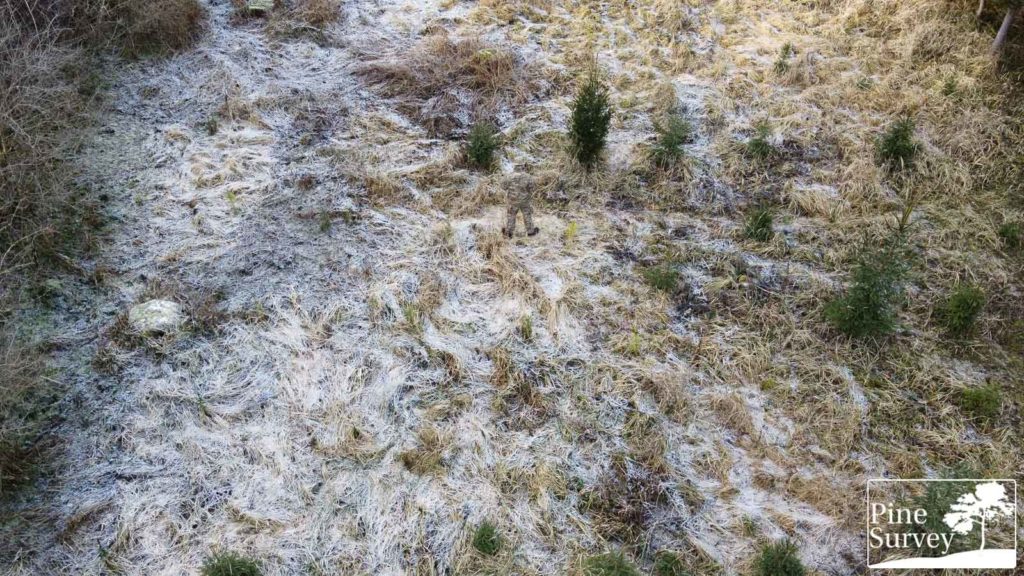
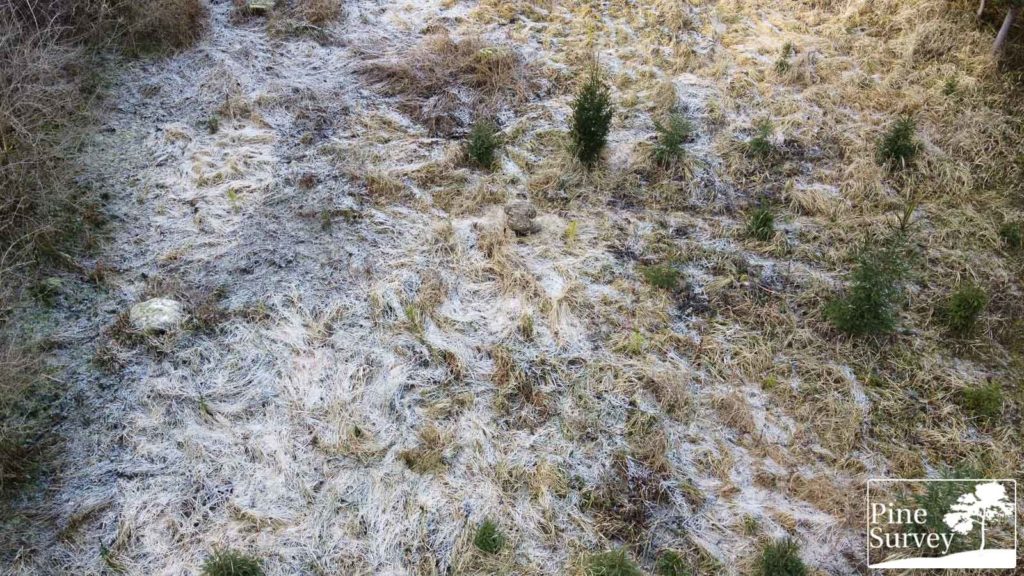
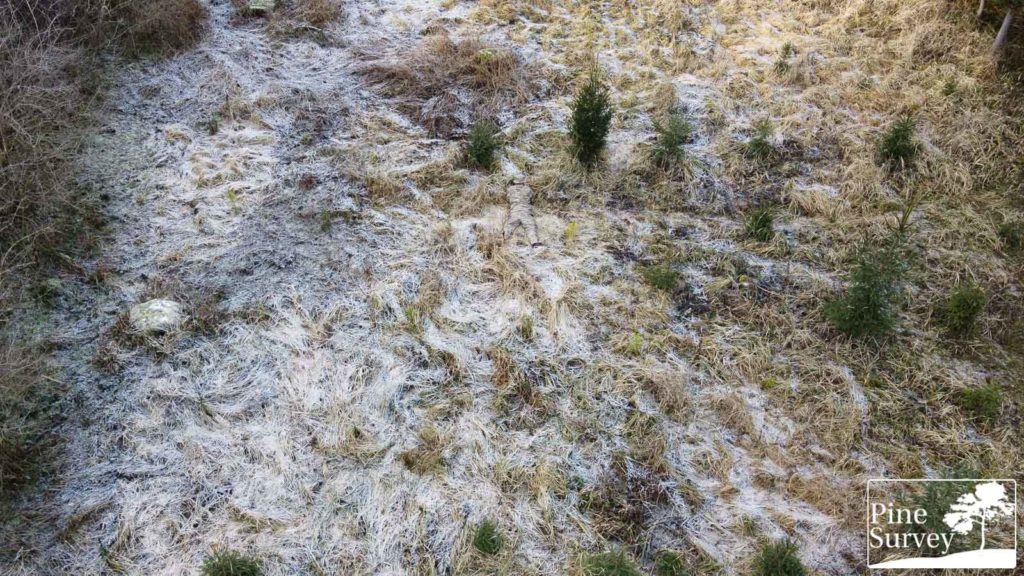
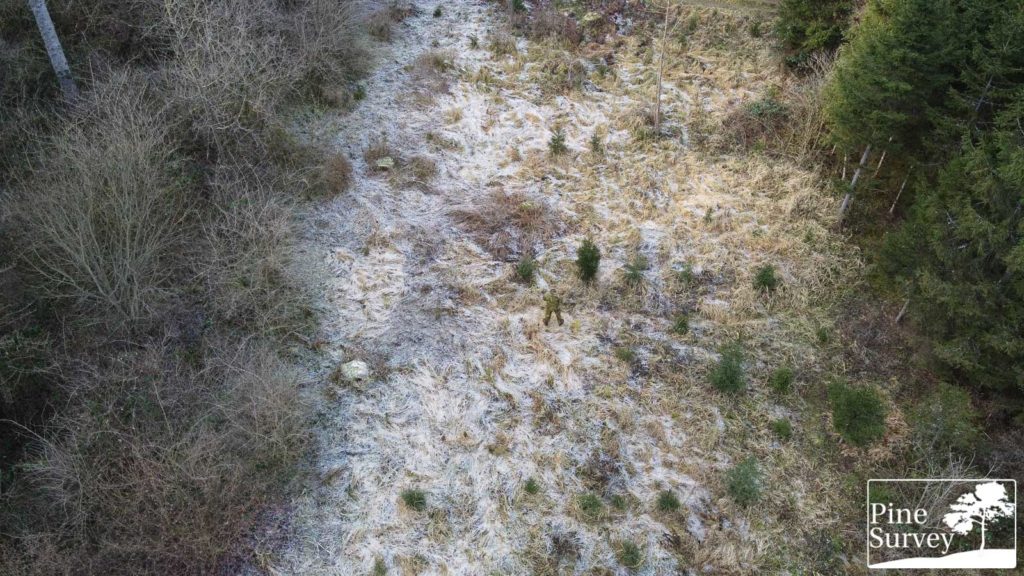
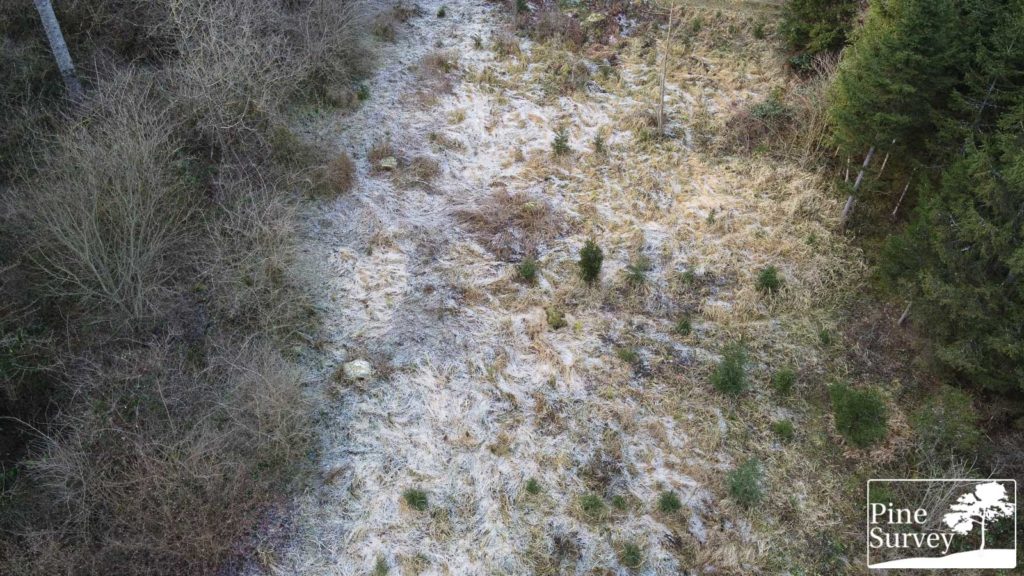
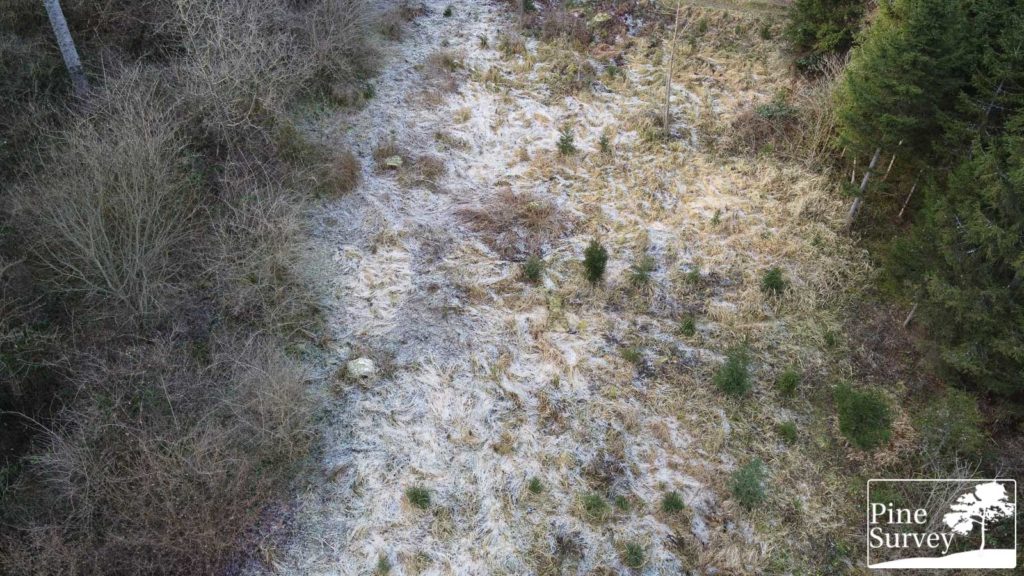
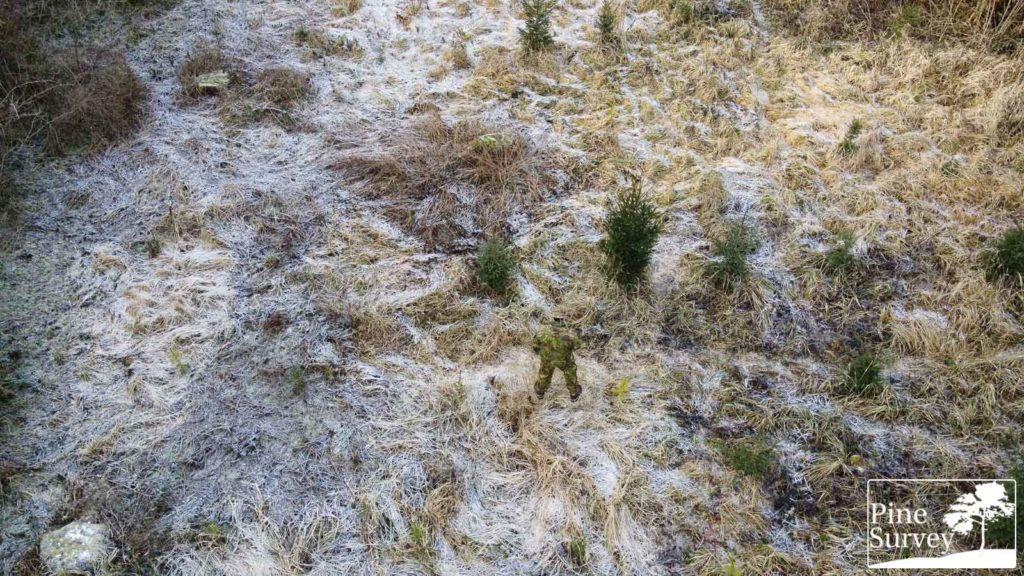
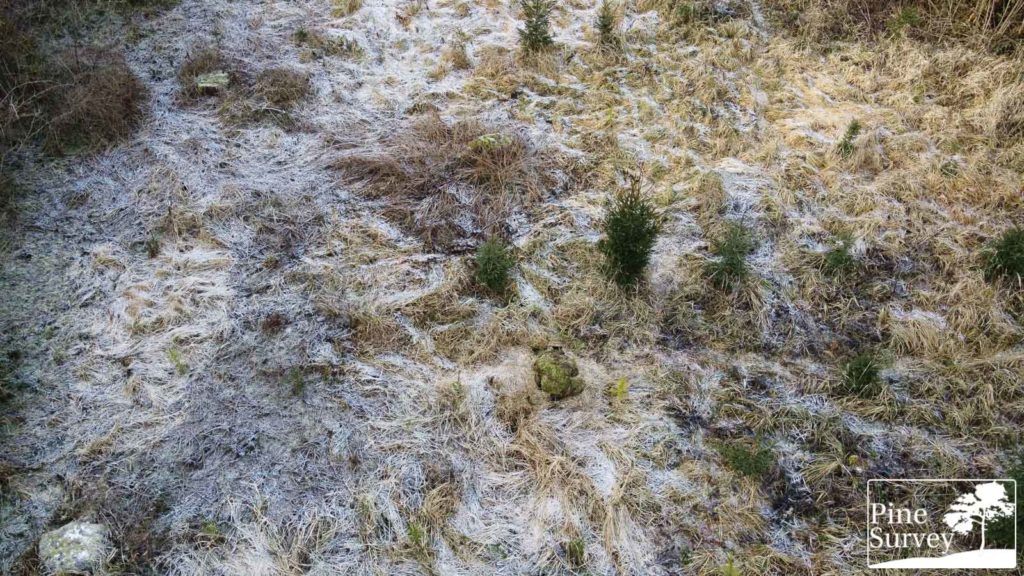
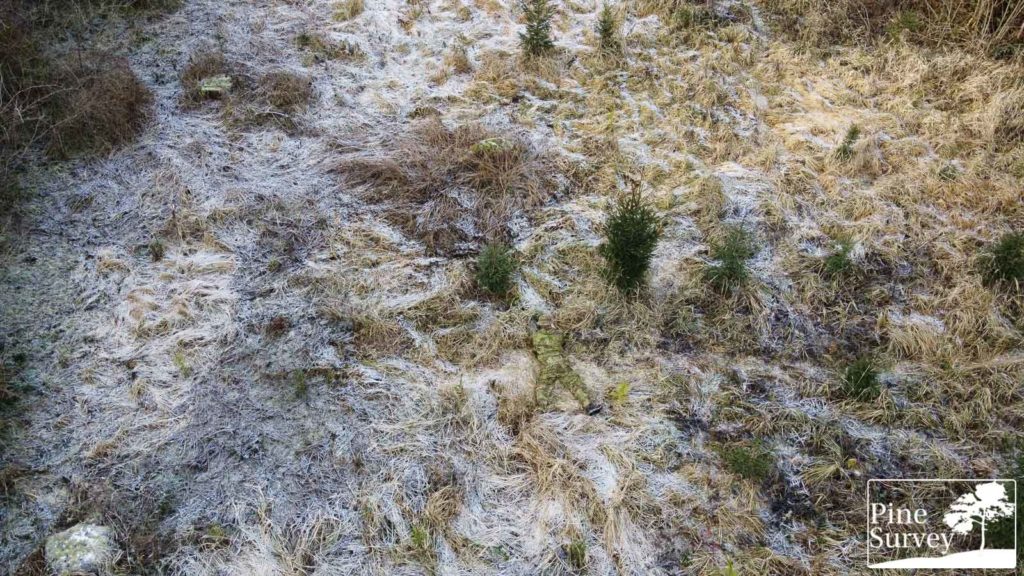


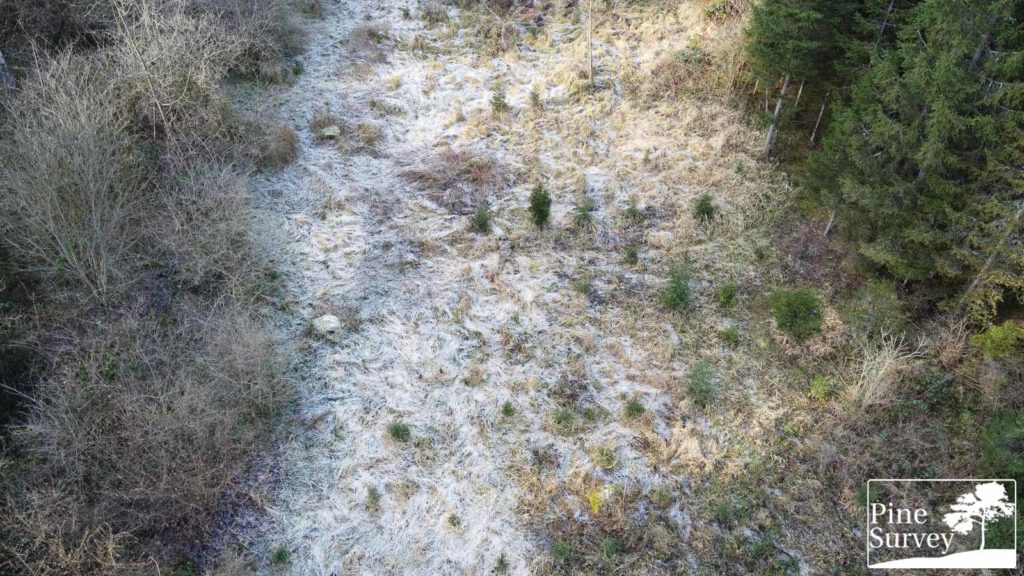
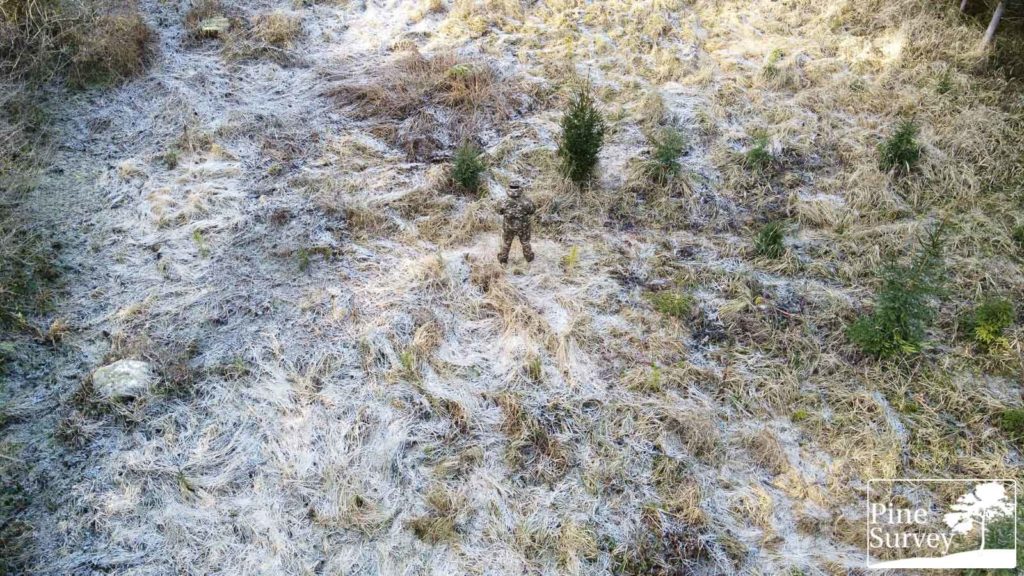
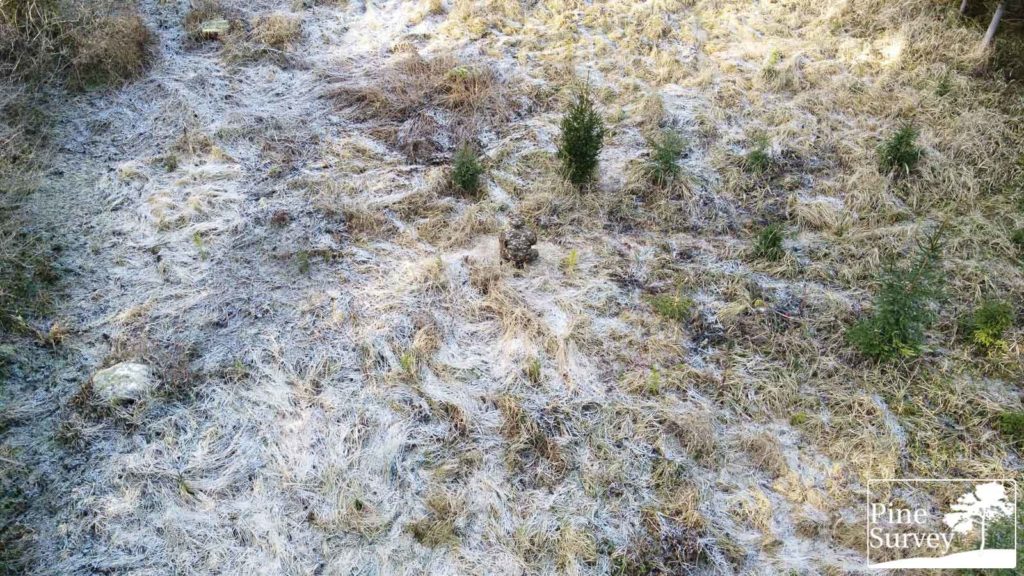
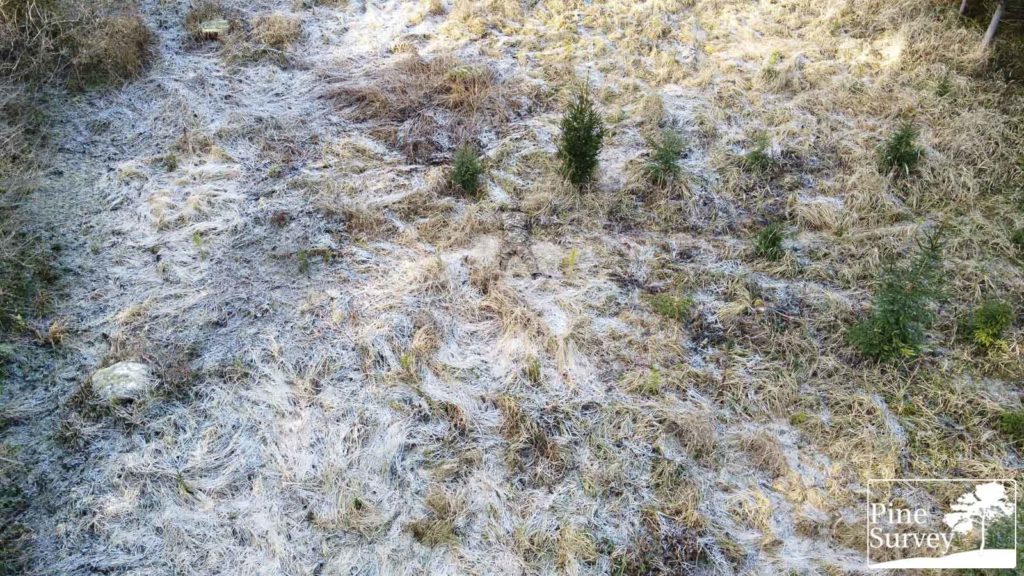
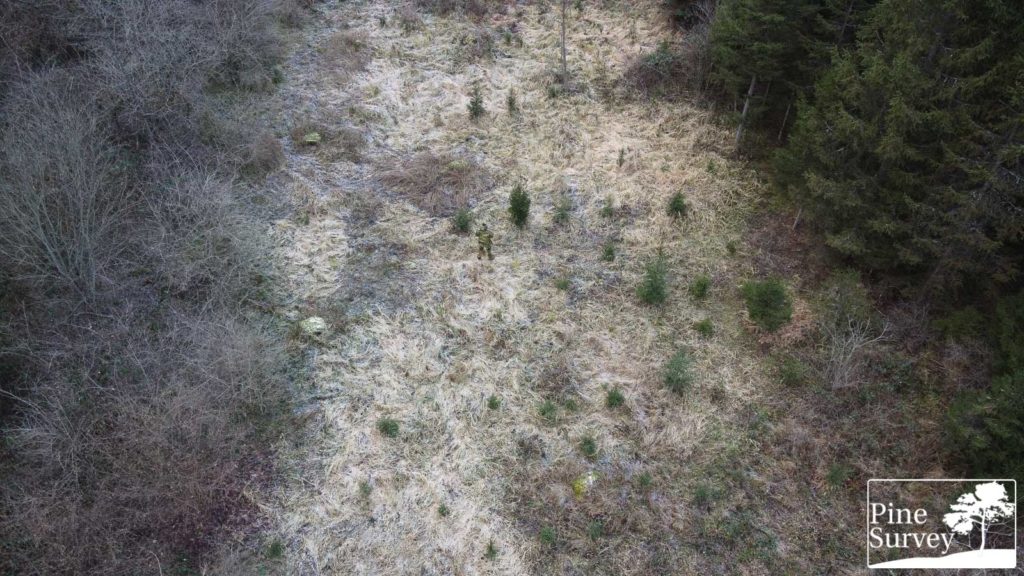
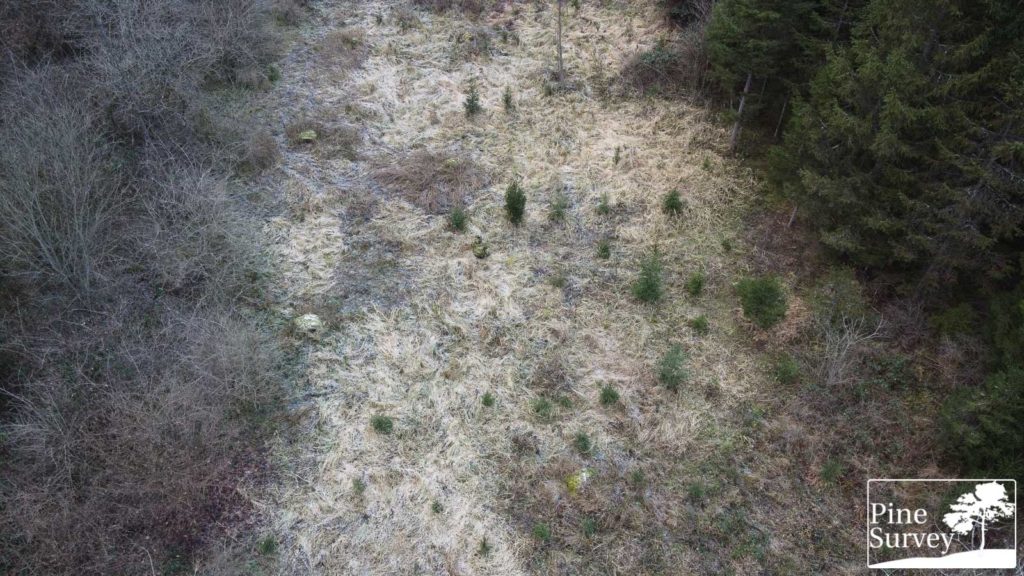
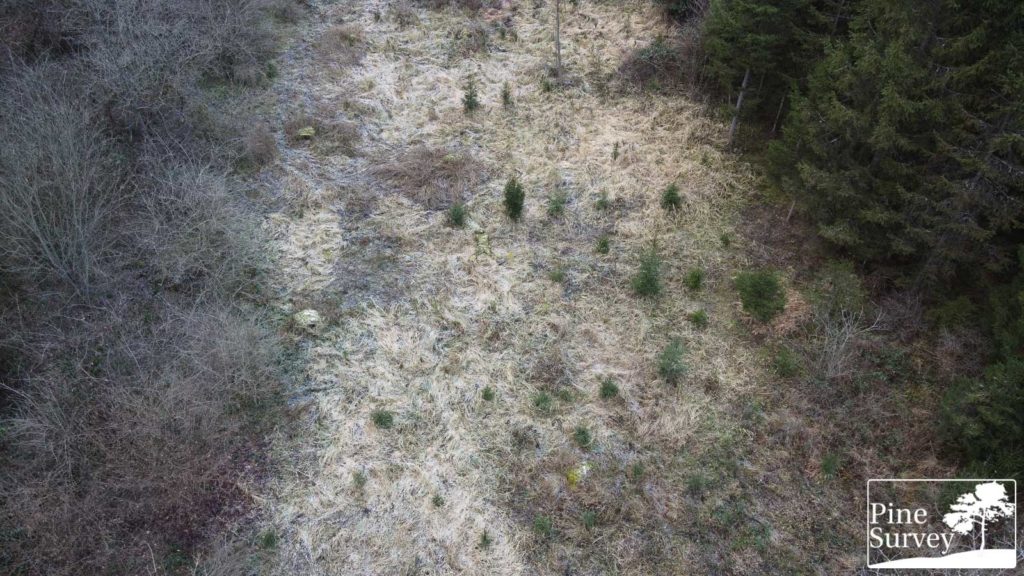
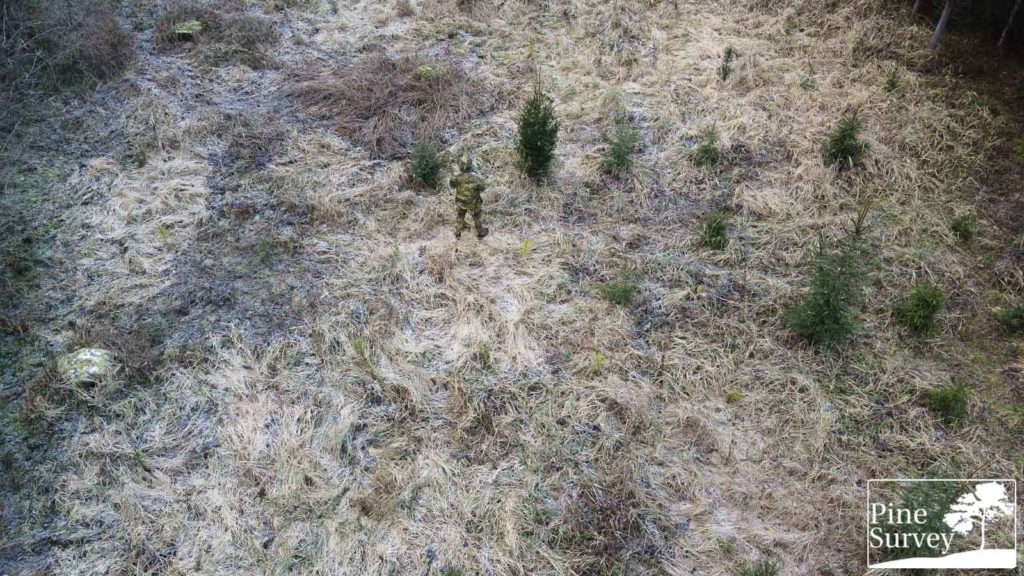
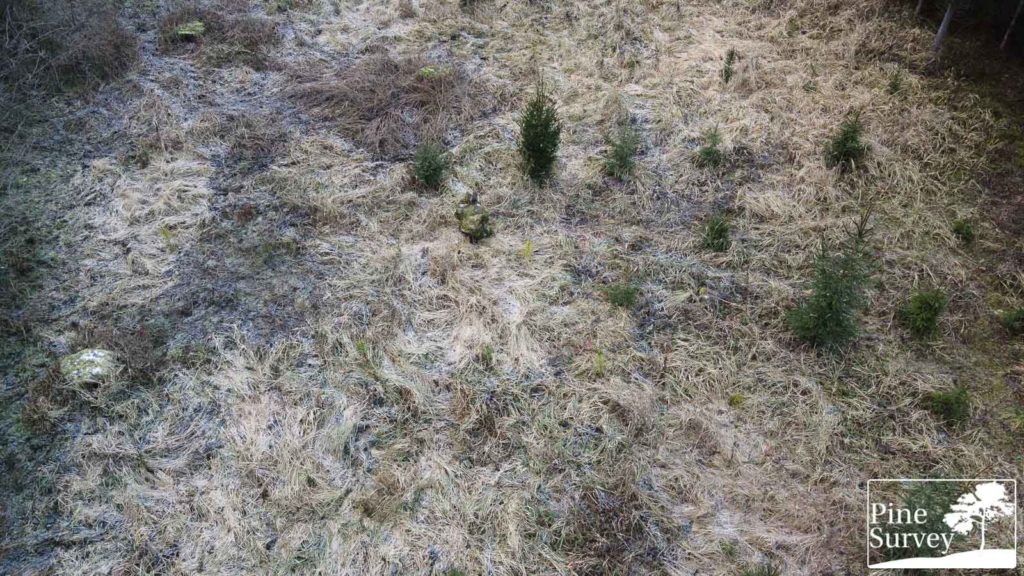
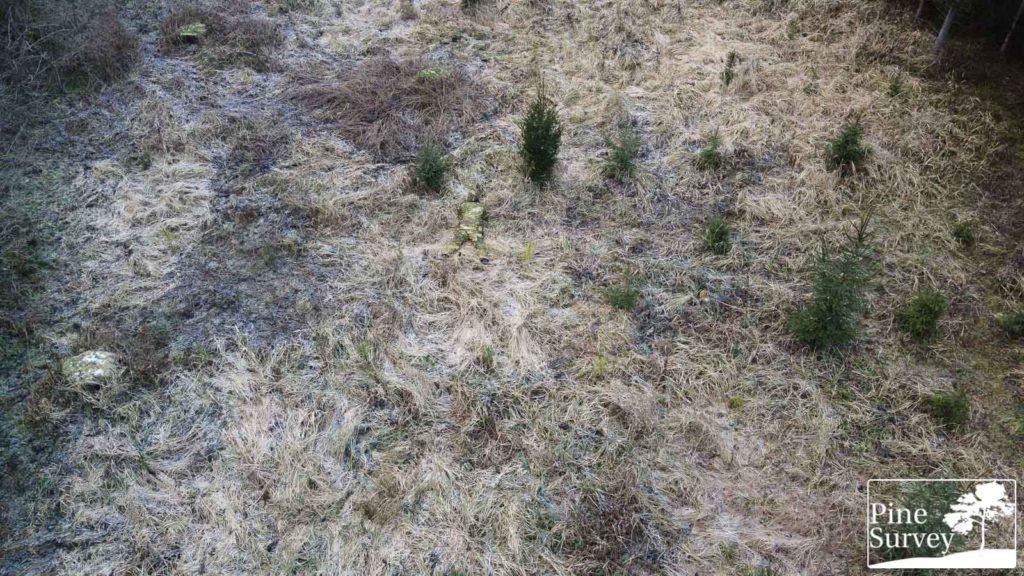
No Comment
You can post first response comment.